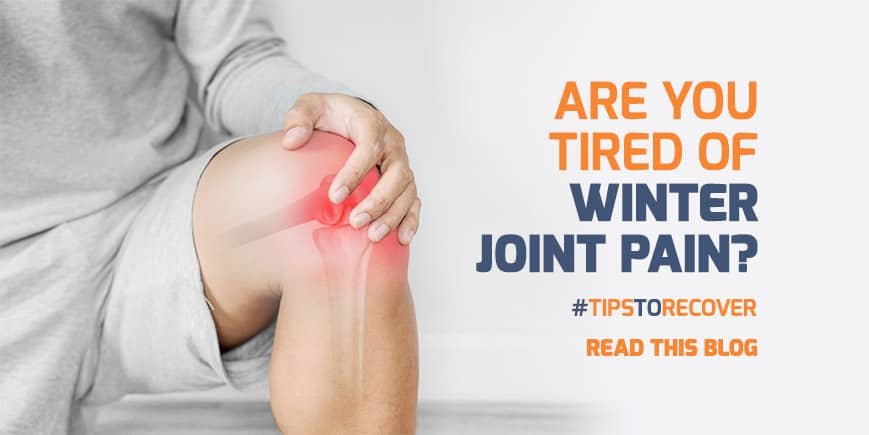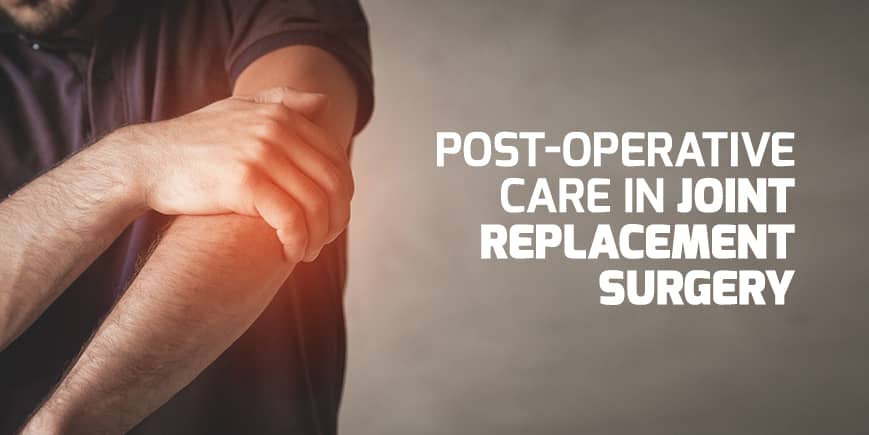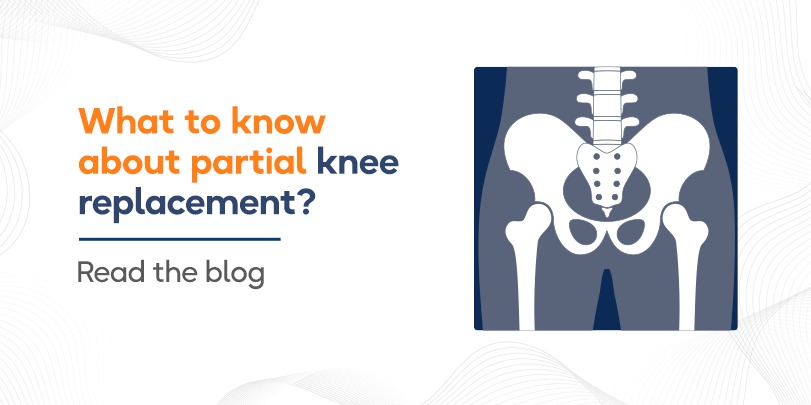Are You Suffering from Winter Joint Pain? (Tips to Recover)
Do the chilly mornings of winter make your joints ache? If yes, you’re not alone. Cold weather and joint pain have a complicated relationship. When the temperature drops, your joints start to feel sore. The joint pain is not limited to the knees. Knee pain in cold weather will be more. But hips and ankles also feel stiff and painful. This is a very common problem among people, especially elderly people. The good news is you can relieve the pain and discomfort caused by the cold. But for that, you need to understand why cold causes achy joints. If you understand that, you can also find your own ways to cope with it.
Cold temperature makes muscles tight. The tension in the muscles causes lower mobility and flexibility. Winters make people feel stiffer than usual. Cold weather also reduces blood circulation to fingers and toes. This also leads to stiffness in fingers and toes. One more reason can be vitamin d deficiency as people tend to stay indoors in winters. Here’s how you can stay safe during winters and relieve your winter joint pain.
#Tip 1 – Stay physically active all-day
When winter comes, you’ll want to stay indoors. You’ll want to stay under the blanket to feel cozy. That’s the first mistake that everyone makes. You should never halt your body like that. You stop moving your body and it’ll start to get stiff. It is important to keep it moving. It doesn’t have to be heavy weight lifting or cardio. Some light exercises would suffice as they would keep the joints active. Resist the comfort of your bed. If you start being active, you can stop the pain from even starting. The activities can be yoga, brisk walk or weight training.
#Tip 2 – Keep your weight in control
It is understandable to gain weight during winters. Winter comes and brings weight gain with it. Couple that with the low physical activity and you’ll have a substantial weight gain in a very short period of time. That weight will stay with you for the rest of the year. And on top of that, it’ll cause your joints more stress than they’re used to. It is hard to resist the food during winters but you need to do it. Fill yourself with healthy food like fresh fruits and leafy vegetable salad. This will keep the weight at the proper level and the joints will not have additional weight to carry wherever you go.
#Tip 3 – Layer up to keep the cold out
The majority of us wear winter clothing to keep warm. But many of us start out late. They think it’s not that cold yet. They don’t feel cold. Whether you do or don’t, the cold will never forget to do its job. It will make your fingers numb. That’s the first step to sore joints. It is simple enough to avoid. Start wearing winter clothing right from the start of the winter season. Don’t think you don’t need it because you do. Keep a jacket in your bag or vehicle. Start wearing socks every day and keep gloves with you for chilly bike rides.
#Tip 4 – Keep warm when you’re indoors
It is important that your home stays warm during the winter season. Repair any broken windows and faulty faucets. Keep yourself warm with warm foods like soups. If needed, install a heater in your bedroom. Winter nights tend to get chillier suddenly. If anyone in your home suffers from any disease like diabetes, you need to take even more precautions to stay warm. Keep the temperature of the home at a comfortable level and stay safe from winter sores.
#Tip 5 – Stay adequately hydrated
It is true that you won’t be as thirsty in winters as you are in summers. The perspiration is less. Loss of water is lower compared to hot summers. This makes you drink less water than usual. This has to be avoided at all costs. It is very important to stay hydrated in winter. Additionally, you can have warm water which is better for the throat as well. Set a target of water intake and achieve it every day. The target can be less than summer. But 2-3 liters should be the minimum intake per day.
#Tip 6 – Have a wholesome diet
This goes without saying. Having proper food can always make you feel better. It helps fight off diseases by keeping your immunity level up. It helps you keep sound mental health. It is important to not overeat and gain weight. But it is also important that you eat as much as your body needs. Starving yourself is the last thing you can do during winters. A well-balanced diet will keep you energized and keep the diseases away.
These are some of the tips to keep cold-weather joint pain away during winters. You can do many other things to stay healthy as per your needs. If the pain still persists, you need an expert. Radiance Hospitals have an excellent team of specialists who help in joint pain and find different ways to do it. Put your trust in the experienced specialists of Radiance Hospitals. Contact us.












